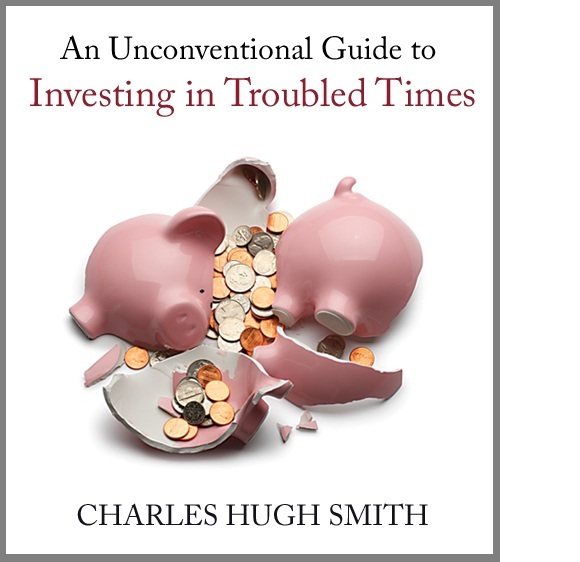“If you don’t own a home buy one,” ” if you own one home, buy another one, and if you
own two homes buy a third and lend your relatives the money to buy a home.” ...By John Paulson
How to Short Stocks as a Portfolio Hedge
Alternately maligned and praised, short-sellers often rise to prominence at the height of economic and financial crises—when the bubble bursts and stocks pull back dramatically. In the most recent crisis, the portfolios run by John Paulson’s massive Paulson & Company hedge fund reaped an estimated $15 billion in profits, in part by shorting suspect mortgage-backed securities and shares of the now-absorbed Wachovia and Washington Mutual.
Paulson’s example serves as an inspiration to some investors—turning a profit when the market implodes is an impressive feat. But some commentators questioned the ethics of his triumphant bets against the mortgage finance industry.
Meanwhile, in testimony before Congress, both Richard Fuld, the former CEO of Lehman Brothers, and Alan Schwartz, the former head of Bear Stearns, maligned short-sellers and rumormongers for drying up liquidity and driving their companies into insolvency. In their opinion, the blame rested not with shortsighted business plans.
The Securities and Exchange Commission in September 2008 also temporarily banned short sales on 799 financial stocks to preserve the remnants of the tattered financial system and combat market manipulation. In early April 2011, market watchdogs in France, Italy and Spain imposed a short-term ban on short selling to quell the panic surrounding the EU’s ongoing sovereign-debt crisis and its implications for the Continent’s largest banks.
At the same time, short sellers inject additional liquidity into securities markets and can improve the market’s efficiency as a pricing mechanism by calling attention to overvalued issues. James Chanos, another well-known short-seller who founded hedge-fund operator Kynikos Associates, is often credited with calling attention to the fraud at Enron with his ostensibly contrarian bets.
For individual investors, these ethical and philosophical questions are less important than understanding how short-selling works and the best way to add short exposure to your portfolio.
Selling Stocks Short
Short-selling involves borrowing shares of a company and selling them immediately with the hope of buying the same securities back for a cheaper price at a later date. In a successful short sale, the investor pockets the difference between the initial sale price and the future sale price. For example, an investor who sold shares of solar module producer First Solar (NasdaqGS: FSLR) short at the beginning of 2010 would have reaped a roughly 25 percent gain through Sept. 1, 2011. .........
http://www.johnpaulson.net/
All information on this website is for educational purposes only and is not intended to provide financial advise. Any statements about profits or income, expressed or implied, does not represent a guarantee. Your actual trading may result in losses as no trading system is guaranteed. You accept full responsibilities for your actions, trades, profit or loss, and agree to hold MinKL Invest harmless in any and all ways.
